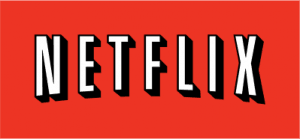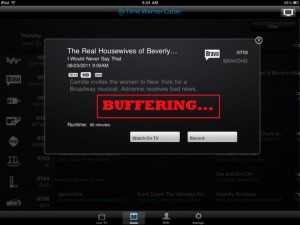 Verizon Wireless customers who subscribed to the company’s legacy America’s Choice wireless plans are receiving notification of a pending class action settlement between Verizon Wireless and two law firms that will bring a handful of free calling minutes to impacted customers while netting up to $6 million for the attorneys bringing the suit.
Verizon Wireless customers who subscribed to the company’s legacy America’s Choice wireless plans are receiving notification of a pending class action settlement between Verizon Wireless and two law firms that will bring a handful of free calling minutes to impacted customers while netting up to $6 million for the attorneys bringing the suit.
At issue was a dispute over whether Verizon Wireless properly provided roaming service for customers under America’s Choice I and II calling plans. The plaintiffs claimed the company charged roaming rates for calls that should have been covered by the wireless plans at no additional charge. Verizon Wireless denies the claims, but has agreed to settle the case.
Unfortunately for average consumers, the proposed award is a pittance — 25 additional wireless calling minutes that you can use for a period of one year if you go over your monthly minutes allowance. Former Verizon Wireless customers, and those who don’t want that award, can alternatively select a Verizon calling card good for “40 units” of domestic or international long distance, good for two years. That amounts to around 40 minutes of calling in North America, considerably less for international calls. The only cash being handed out goes to three Ohio plaintiffs, who will receive up to $20,000 each. But the real prize goes to two Cincinnati law firms — Strauss & Troy and Statman, Harris & Eyrich LLC, who are seeking a payout of up to $6 million.
The firms defend their request claiming they spent more than five years in litigation with Verizon Wireless, which has long since discontinued signing up new customers to either calling plan. While a judge reviews the proposed settlement, Verizon has taken to e-mailing most impacted customers. If you missed yours, you can track the progress of the suit on the official website for the Cowit v. Cellco Proposed Class Action Settlement. You can also claim your minutes starting now, before the deadline of November 8, 2011.


 Subscribe
Subscribe





